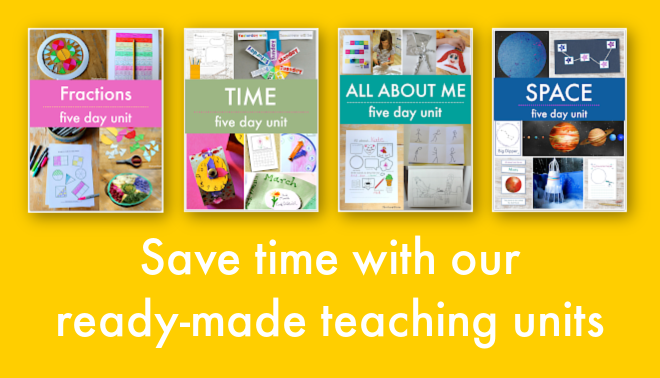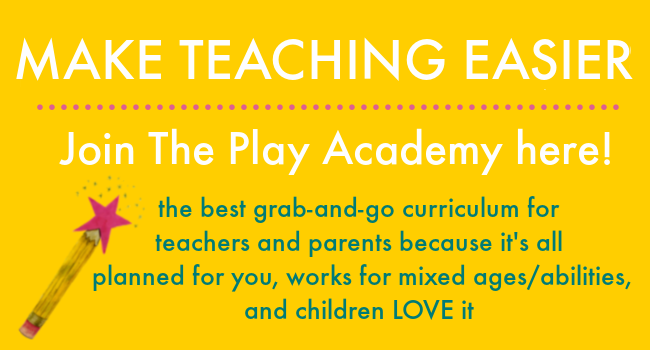Learn about the benefits of hands-on learning for children and include more hands-on activities in your curriculum using the ready-made lesson plans from the Play Academy.

What is hands-on learning?
‘Hands-on learning’ refers to the practice of experiential learning, which means learning by experiencing and doing things.
Unlike learning by rote (memorising through repetition) or didactic learning (where a teacher delivers knowledge in a very structured way), hands-on learning is more open, not as tightly structured, and more practical and playful.
“for the things we have to learn before we can do them, we learn by doing them”
Aristotle
As an educational concept, learning through experience is centuries old but as a school pedagogy hands-on activities are more modern.
We can see hands-on learning in classrooms and home education when children are taking part in activities such as construction, puppets shows and baking.
We can also think of hands-on learning as describing math and literacy activities that use manipulatives such as blocks and sensory writing trays to give children a tactile and visual way to experience and learn about abstract and symbolic concepts such as measurement, arithmetic, the alphabet and writing.
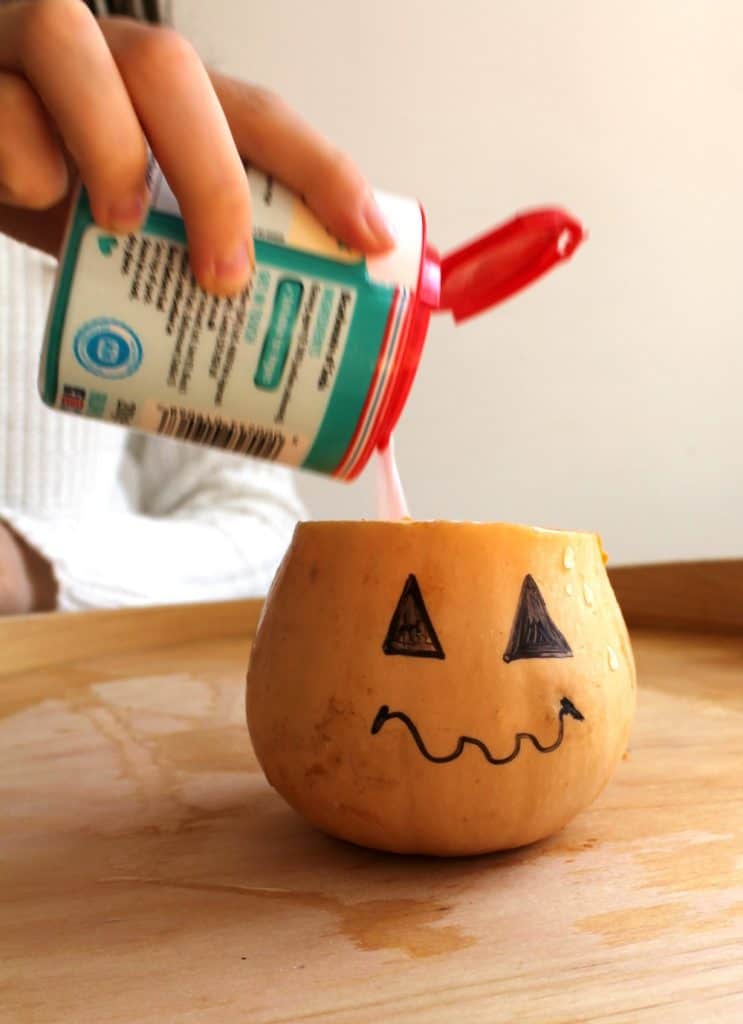
What are the benefits of hands-on learning?
To understand the advantages of hands-on learning, think about how babies learn. They are sensory creatures, looking, listening, touching, smelling and tasting to learn about the world around them. Young children naturally use experiential learning and so it makes sense that we would want to continue to use this preference of learning style when we are teaching them how to read, write, count and develop other skills.
Think also about an adult learning to drive a car. Imagine only using didactic or rote learning. Would reading a text books about cars, watching a YouTube video of someone driving and completing a worksheet on how to operate a vehicle give you enough mastery to drive a car out on the road? Of course not. Clearly, we need hands-on learning – and so do children.
We can see the benefits of hands-on learning in more abstract subjects too. Using blocks to build math towers and playdough to explore shapes gives children a real, concrete experience and understanding of math which is so important before we ask them to work in abstract ideas and calculate arithmetic in their heads.
Hands-on activities also give children a deeper, richer understanding of the subject we are learning about. We could tell children that when you mix bicarbonate of soda (NaHCO3) and vinegar (CH3COOH), carbonic acid is created, and they may memorise this and be able to repeat the chemical symbols by rote, but that’s not going to be as memorable as inviting them to play with fizzy pumpkins. The pumpkins give them an immersive sensory experience which is playful and fun. They can experiment, feel, wonder, and laugh as they enjoy the pumpkin play, giving them a living, in-depth science lesson they will never forget.
We short change our children if we neglect to give them hands-on learning. They can miss out on vital skills and the joy of achieving real things – like making pancakes! Hands-on, active learning is so much better than passive memorisation or second-hand instruction.
Hands-on learning among children also develops other vital skills alongside the knowledge we are seeking to have them learn. Through hands-on learning children also develop:
:: gross motor skills
:: team work
:: problem solving
:: executive function skills
:: sequencing
:: adaptability
:: wellbeing
:: and community spirit
Hands-on learning also lets children shine in areas tests on paper never give credit for, which builds confidence and lets them see what their individual skills and strengths are.
Hands-on activities are accessible to children who learn best through more practical rather than solely academic lessons, including some autistic and kinesthetic learners.
Hands on means brains on!
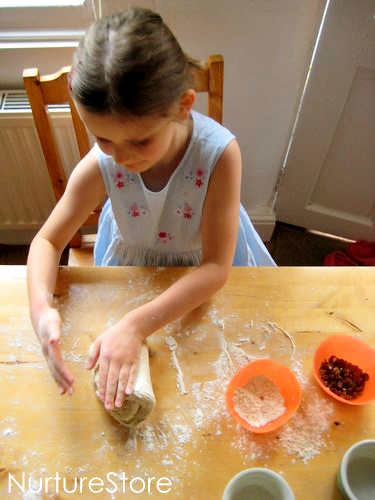
How to include more hands-on activities in your teaching
If you would like to include more hands-on activities in your teaching, you’ve come to the right place!
NurtureStore’s educational philosophy is firmly grounded in hands-on, experiential learning. Our activities, books and our Play Academy will all give you ideas, activities, printables and lesson plans to easily integrate more hands-on learning into your curriculum.
Sometimes though, there are things that hold us back, as teachers and parents, from offering our children hands-on learning. Let’s consider what gets in the way.
Sometimes we can think that using hands-on learning takes too much time. Setting up, doing and cleaning up a science experiment takes longer than reading about it in a book. Actually, the opposite is true because hands-on learning is much more effective than rote or didactic learning in the long term. Hands-on play and activities really engage children. They’re fun, they develop curiosity and encourage creativity, which means they create enthusiastic learners who are relaxed and engaged – and therefore learning much more effectively.
Or maybe you think hands-on learning activities are too expensive to provide or too environmentally unfriendly as you need to spend a small fortune buying loads of plastic stuff from the store to use. That’s definitely not the case with NurtureStore’s activities. All our lessons are things I’ve done with my own children, using simple craft materials, things we have around the home, and recyclables.
Perhaps you think hands-on activities are too complicated to think up and organise? The great news here is that NurtureStore’s activities are all totally do-able. They use simple materials, they’re quick to set up, and I’ve done all the research and planning for you, so you can grab and go, and be ready to teach using my ready made lesson plans and teaching units.
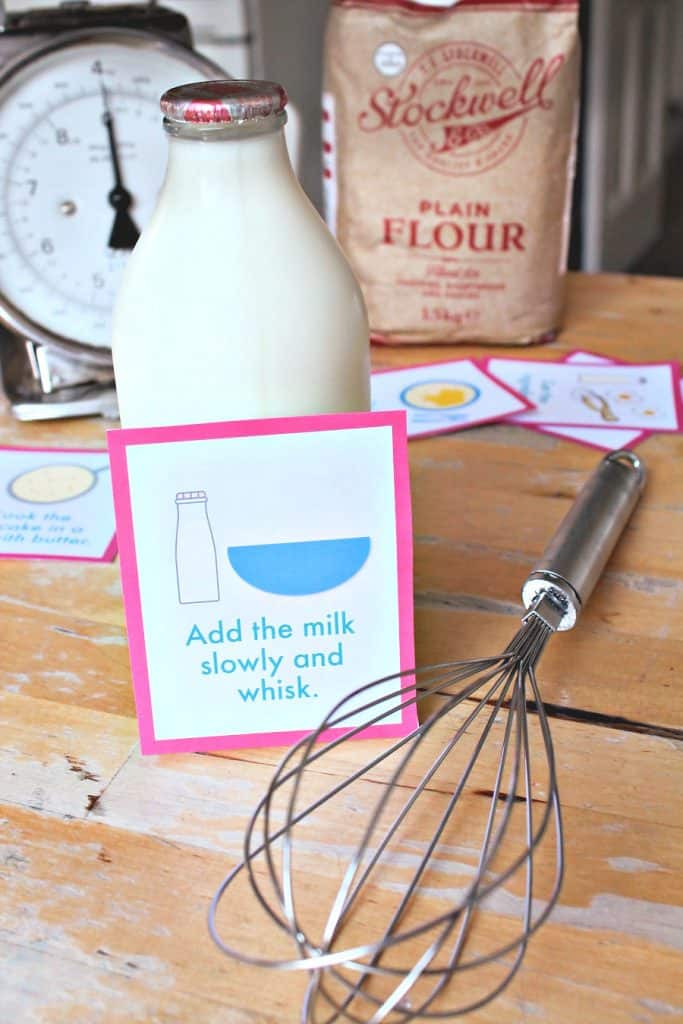
Ideas for hands-on lessons
Give hands-on learning a try this year using my 5-Day Units from the Play Academy.
Each Unit is based around a theme and is full of hands-on activities that let children develop math, literacy, science, art, nature-study, and social studies knowledge through experiential learning.
In our Apples Unit your children can learn about apples by enjoying a taste test.
Our Colours Unit uses playdough and paint mixing to teach colour theory.
Our Daffodils Unit teaches science and observational drawing by dissecting daffodils.
Our Sunflowers Units teach size, symmetry, poetry, science and sustainability as we grow sunflowers.
Our 100 Days of School Unit explores the concept of 100 through painting, physical activity, storytelling and eating snacks!
Our Circles Unit teaches the concepts of diameter, circumference, concentric circles and 3D shapes through mandala making, painting and playing with spinning tops.
With over 50 Units to choose from, including thematic curriculum pathways focussed on Art, Math & Science, Language & Literacy, Festivals, Nature, and Identity and Wellbeing you’ll never be short of ideas for hands-on learning.
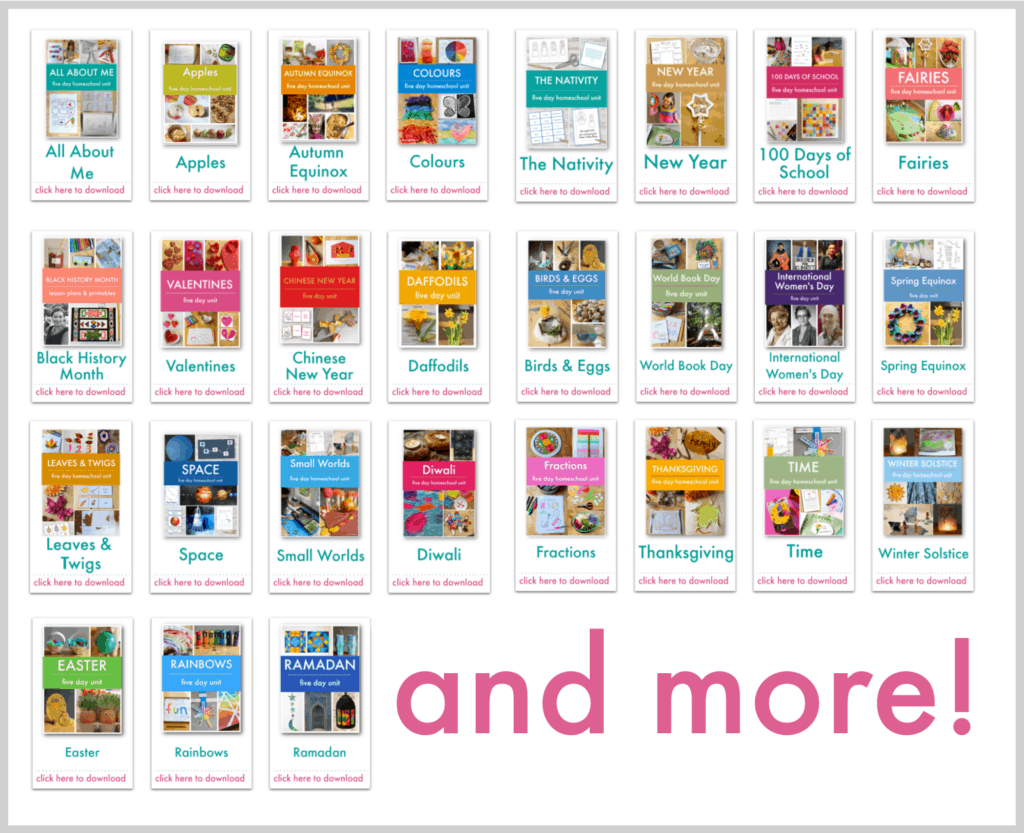
Use my ready to teach, hands-on teaching plans
Try it this year! Give your children all the benefits of hands-on learning while making your teaching easier using the Play Academy 5-Day Units.
Each Unit gives you one hands-on activity per day (at a frequency that suits you), where all your children (including teaching mixed age groups) come together to learn by doing.
Children love our activities, which means you’ll have enthusiastic learners who are delighted to come to class.
And all our 50+ units are all planned for you, which means you can enjoy teaching, be more effective, and even have time for yourself.
Find out more about the Play Academy and pick your first 5-Day Unit here.



